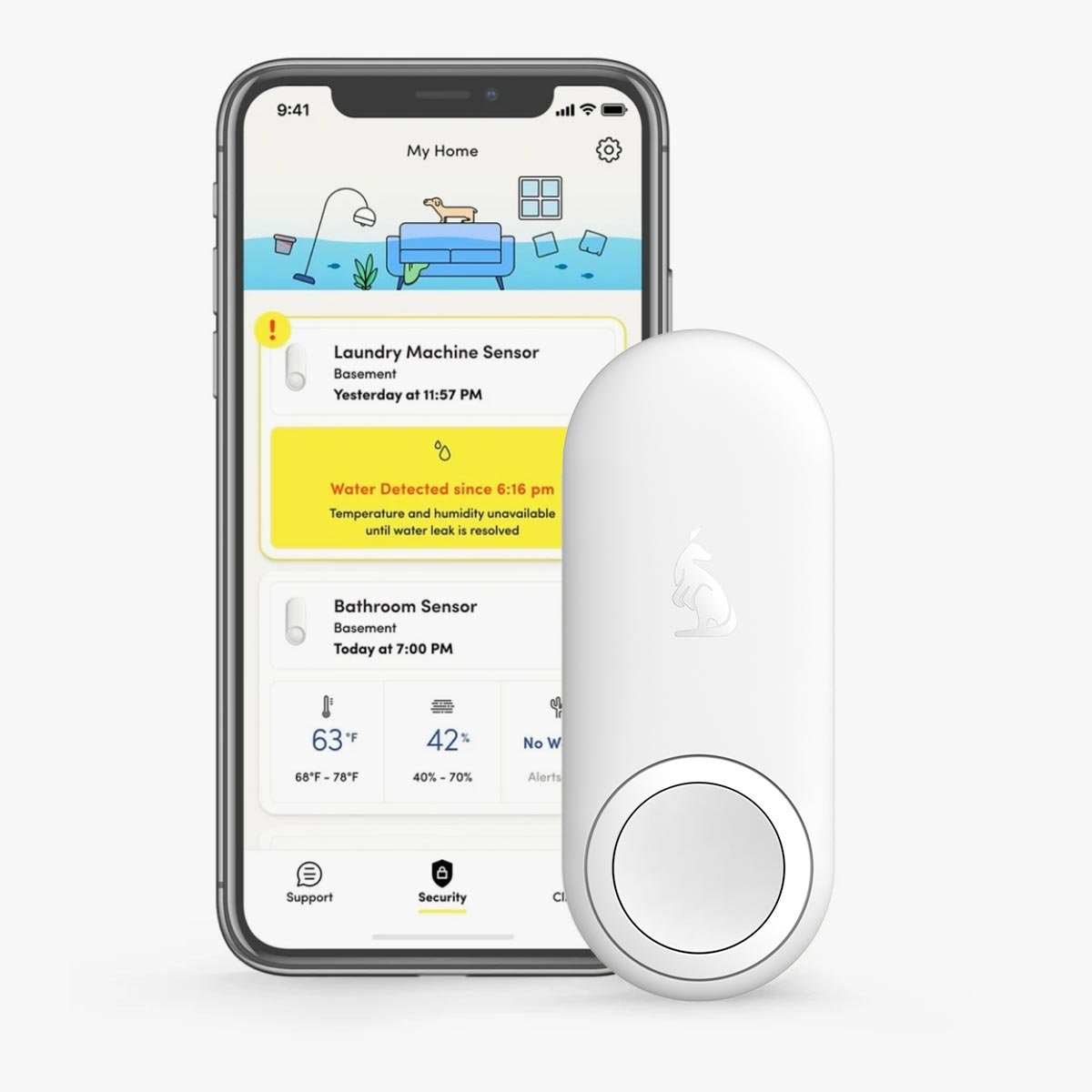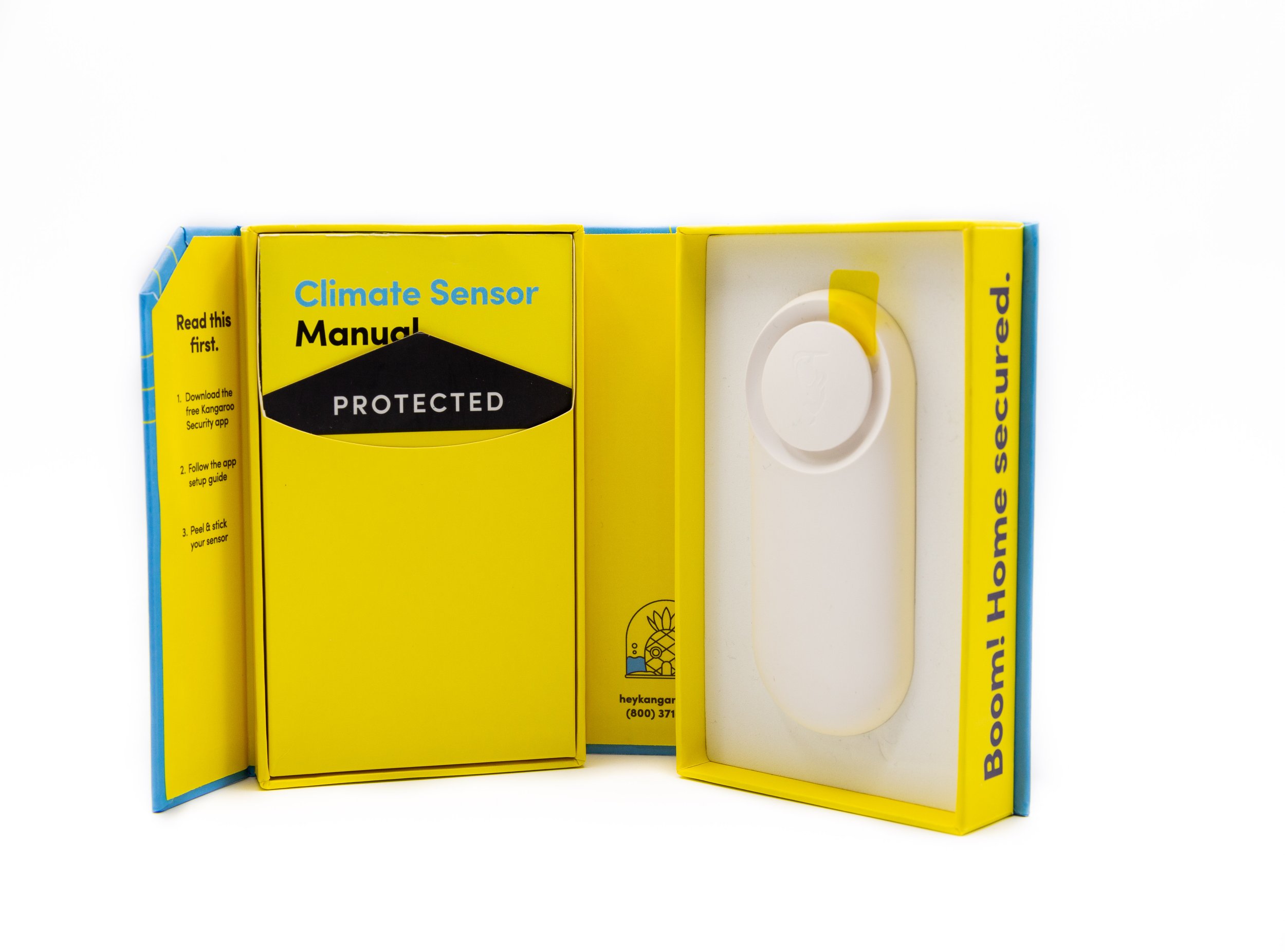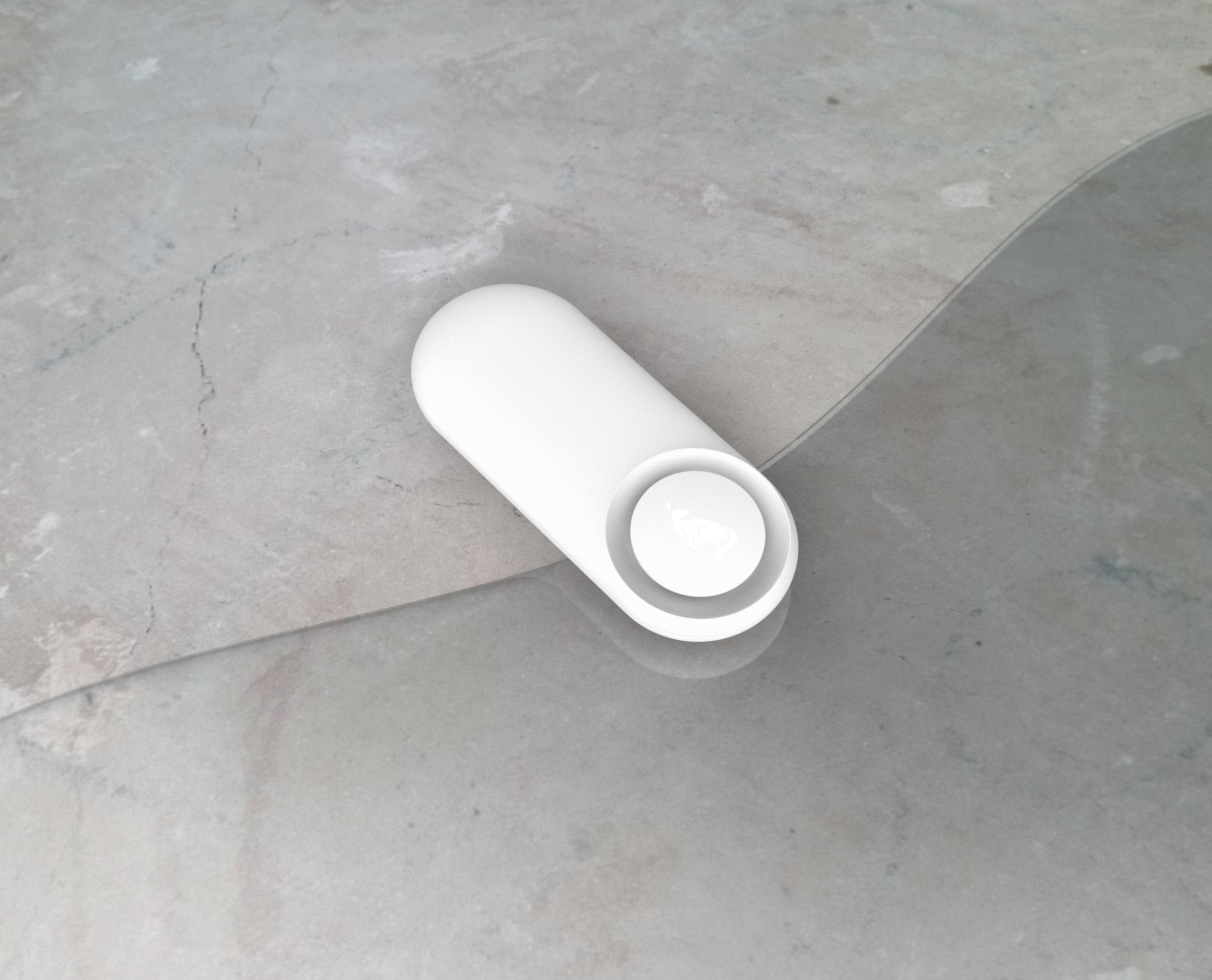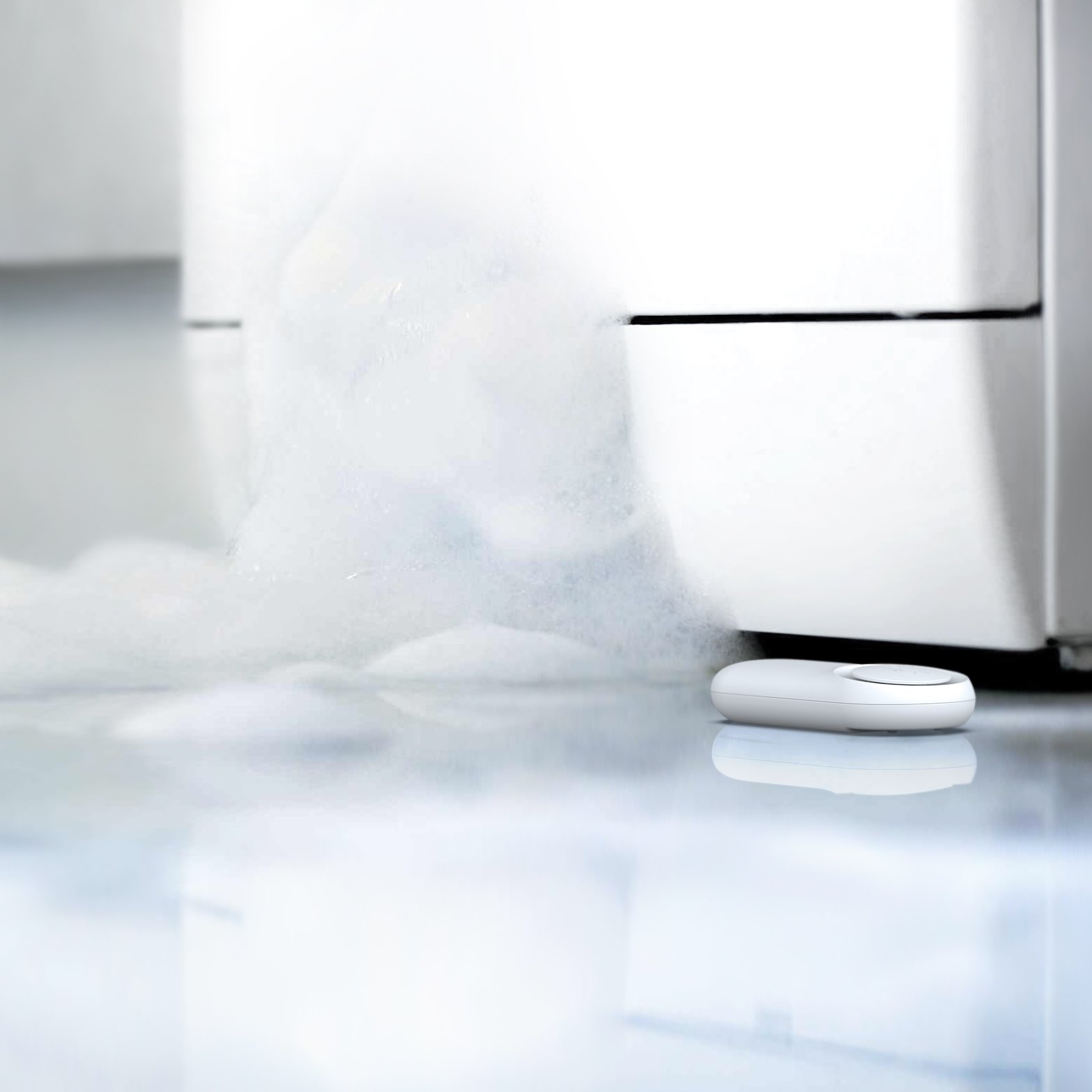DIY vs. Professionally Installed Water Leak Detection Systems
Water damage is a homeowner's nightmare. A small leak can quickly escalate into a costly disaster, leading to structural issues, mold growth, and ruined belongings. Investing in a water leak detection system is a smart way to protect your property and your wallet. But with various options available, how do you choose between a DIY system and professional installation? This guide breaks down the pros and cons of each, helping you make the best decision for your needs and budget.
Key Differences Between DIY and Professional Water Leak Detection Systems
| Aspect | DIY Water Leak Detection Systems | Professionally Installed Water Leak Detection Systems |
|---|---|---|
| Cost | $30 - $500: Affordable, no labor fees | $500 - $3,000+: Higher cost due to labor and equipment |
| Installation | Easy self-installation | Professional installation required |
| Maintenance | User-maintained (batteries every 1-3 years) | Often comes with service packages |
| Features | Basic or smart models with mobile alerts | Advanced systems with shut-off valves, central controls |
| Customization | Flexible, add or relocate sensors | Tailored to your home’s plumbing system |
| Smart Home Integration | Many models work with Google, Alexa | Seamless integration with home security and automation |
| Functionality | Targeted detection (under sinks, near appliances) | Whole-house coverage with advanced sensor networks |
| Response Time | Alerts to phone, manual action required | Automatic water shutoff and proactive response |
| Scalability | Easy to expand and move sensors | Scaling may require additional professional installations |
| Reliability | Reliable for small homes, occasional connectivity or battery issues | Extremely reliable for large homes or complex plumbing |
What does a water sensor do?
A water sensor is a device designed to detect the presence of water in areas where it shouldn't be, such as near plumbing, appliances, or basements. It alerts homeowners to potential leaks or flooding before significant damage occurs. When the sensor detects water, it triggers an alarm, sends a notification to a connected device (like a smartphone), or activates a water shut-off valve, depending on the system. Water sensors are commonly used in water leak detection systems to help prevent costly water damage by providing early warnings.
DIY Water Leak Detectors: Pros and Reasons to Choose Them
Affordability
DIY detectors are budget-friendly, often costing just a fraction of professional systems. You get effective water leak protection at a lower price.
Simple Installation and Convenience
DIY models are designed for ease of use, allowing you to set them up quickly without waiting for professional appointments.
Complete Control and Flexibility
You have the freedom to install and customize your system as needed. Add sensors where you see fit and relocate them as your needs evolve.
Immediate Gratification
DIY systems provide instant installation and quick results—ideal for homeowners who want to start protecting their property right away.
No Ongoing Fees
Most DIY systems don't require monthly subscriptions or additional monitoring fees, providing you with a long-term solution that doesn’t strain your budget.
Professional Water Leak Detection Systems: Why Choose Them?
Comprehensive Coverage
Professionally installed systems typically offer full coverage for the entire home. From automatic shut-off valves to integration with advanced home automation systems, these systems go beyond simple leak detection.
Expert Installation
Professional systems come with expert installation and setup, ensuring everything is placed correctly and optimized for maximum efficiency.
Seamless Smart Home Integration
For homeowners who have complex home security setups or smart homes, professional systems offer smooth integration and more sophisticated control via centralized apps and devices.
Automatic Response
Unlike DIY systems, professional setups can automatically shut off the water supply when a leak is detected, helping prevent major damage before you even know there’s a problem.
How to Choose the Right Water Leak Detection System for Your Home
Deciding between DIY and professional systems depends on factors like the size of your home, your budget, and how hands-on you want to be. Here’s a quick breakdown:
DIY System: Best for smaller homes or those on a budget. If you’re comfortable with technology and prefer an easy-to-install, cost-effective solution, this is a great option.
Professional System: Ideal for large homes, complex plumbing, or those seeking a set-it-and-forget-it solution. Professionals handle everything for you, and the system often comes with advanced features like automatic water shut-off.
Recommended DIY Water Leak Detection System: The Kangaroo Water+Climate Sensor
The Kangaroo Water+Climate Sensor is a versatile device designed to help homeowners monitor both water leaks and environmental conditions in their homes. Here’s what makes it a valuable addition to any home security system:
Dual Functionality: This sensor not only detects water leaks but also monitors temperature and humidity levels, providing comprehensive protection against water damage and environmental fluctuations.
Real-Time Alerts: The Kangaroo Water+Climate Sensor sends instant notifications to your smartphone whenever it detects water or significant changes in temperature or humidity. This feature allows homeowners to respond quickly to potential issues, reducing the risk of damage.
Easy Installation: Designed for DIY enthusiasts, the sensor can be easily installed in various locations, such as basements, laundry rooms, or appliances prone to leaks. No professional installation is required, making it a convenient option.
Compact Design: The sleek and unobtrusive design allows the sensor to blend seamlessly into any environment, ensuring that it won’t disrupt your home’s aesthetics.
Integration with Other Kangaroo Devices: The Water+Climate Sensor can be seamlessly integrated with other Kangaroo products, such as the siren and keypad, creating a comprehensive home security solution. This integration allows users to establish a cohesive system that effectively monitors various aspects of home safety, ensuring enhanced protection and peace of mind.
Affordable Protection: The Kangaroo Water+Climate Sensor offers an economical way to safeguard your home from water damage while also keeping track of indoor climate conditions, making it an excellent investment for budget-conscious homeowners.
Must have!
"This is a must have! I keep it in my basement and I have a second one I purchased for a rental property. It's nice to have this extra level of protection."
- Shalia, Walmart Customer Review
Climate monitor
"Great piece of mind. Simple to set up and works well detected water and humidity"
- Kangaroo User, Verified Walmart Customer Review
Easy to use, affordable climate sensor
"This climate sensor is fabulous, easy to set up and exactly what we hoped it would be. We needed a way to detect water under the house easily. The app made it easy to set up walking us through each step. With the app, we can check the temperature any time we want. Love that it is free, but with the ability to pay if we decide we need more features. We will be purchasing another sensor and probably a camera too."
- Cindi, Kangaroo Customer Review
Enhance Home Protection and Savings with Kangaroo’s Water + Climate Sensor
Enhance your home's protection and save money by bundling Kangaroo’s Water + Climate Sensor with the Kangaroo Complete and Cam Protect Plan. This cost-effective package delivers advanced water and climate monitoring along with the additional benefits of Kangaroo’s all-inclusive service plan.
By subscribing to the Kangaroo Complete Plan, you gain access to features designed to safeguard both your home and finances. One significant benefit is damage reimbursement, which compensates you for water damage caused by leaks. This coverage provides peace of mind, ensuring that you're financially protected against water-related incidents.
The Complete Plan integrates smoothly with the Water + Climate Sensor, allowing you to detect and resolve issues early, prevent major problems, and maintain a secure home.
Kangaroo Complete Plan Coverage for Water Damage Reimbursement
Kangaroo Complete Plan showcases its dedication to protecting homeowners from water damage, offering increasing support and a strong track record of approved claims, which reinforces confidence in its value for policyholders.
Where to put a water leak sensor?
Here are some ideal locations to install a water leak sensor:
Basements: Place sensors in corners or near sump pumps, as basements are prone to flooding and moisture accumulation.
Under Sinks: Install sensors beneath kitchen and bathroom sinks to detect leaks from pipes or plumbing fixtures.
Near Appliances: Position sensors near washing machines, dishwashers, and refrigerators (especially those with ice makers) to catch leaks early.
Crawl Spaces: If you have a crawl space, placing sensors there can help detect moisture or leaks before they affect your home.
Water Heaters: Install sensors near the water heater to monitor for leaks that could lead to significant water damage.
Bathrooms: Place sensors near toilets and bathtubs to catch any leaks that may occur.
Laundry Rooms: Position sensors around washing machines and water supply lines to detect any leaks.
Near Exterior Walls: Install sensors near exterior walls where hoses or pipes enter your home, as these areas can be prone to leaks.
By strategically placing water leak sensors in these key areas, you can help protect your home from water damage and ensure early detection of potential leaks.
What are the disadvantages of a water leak detector?
False Alarms: Some water leak detectors may trigger false alarms due to moisture from high humidity, condensation, or spills, leading to unnecessary stress and inconvenience.
Limited Detection Range: Most sensors can only detect leaks in their immediate vicinity, meaning that multiple sensors may be needed to cover larger areas or multiple rooms, increasing costs.
Battery Dependency: Many water leak detectors rely on batteries, which can deplete over time. If batteries are not regularly checked or replaced, the device may fail to operate when needed.
Installation Challenges: While many DIY models are easy to install, some homeowners may struggle with the installation process, especially if the device requires integration with other systems.
Cost Considerations: While there are affordable options, higher-quality or more advanced leak detectors can be costly, and additional sensors may add to the overall expense.
Limited Features: Basic models may lack advanced features such as automatic shut-off valves or remote monitoring capabilities, which could limit their effectiveness in preventing damage.
No Professional Monitoring: Unlike professionally installed systems, many DIY water leak detectors except Kangaroo do not offer continuous monitoring, meaning homeowners must rely on alerts and act on them manually.
Maintenance Requirements: Regular maintenance, such as checking batteries, cleaning sensors, and ensuring proper placement, is necessary for optimal performance, which some homeowners may overlook.
Conclusion
Investing in water leak detection systems, whether through DIY options or professionally installed solutions, is a crucial step in safeguarding your home from potential water damage. With advanced technologies like the Kangaroo Water+Climate Sensor, homeowners can benefit from real-time monitoring, early detection, and integration with other Kangaroo devices for a robust security system.
The Kangaroo Complete Plan further enhances this protection by offering financial reimbursement for water damage incidents, providing peace of mind for homeowners. By proactively addressing water leak risks, you not only protect your property but also contribute to long-term savings on repairs and insurance costs. Overall, prioritizing water leak detection is an essential practice for maintaining a safe and secure home environment.











